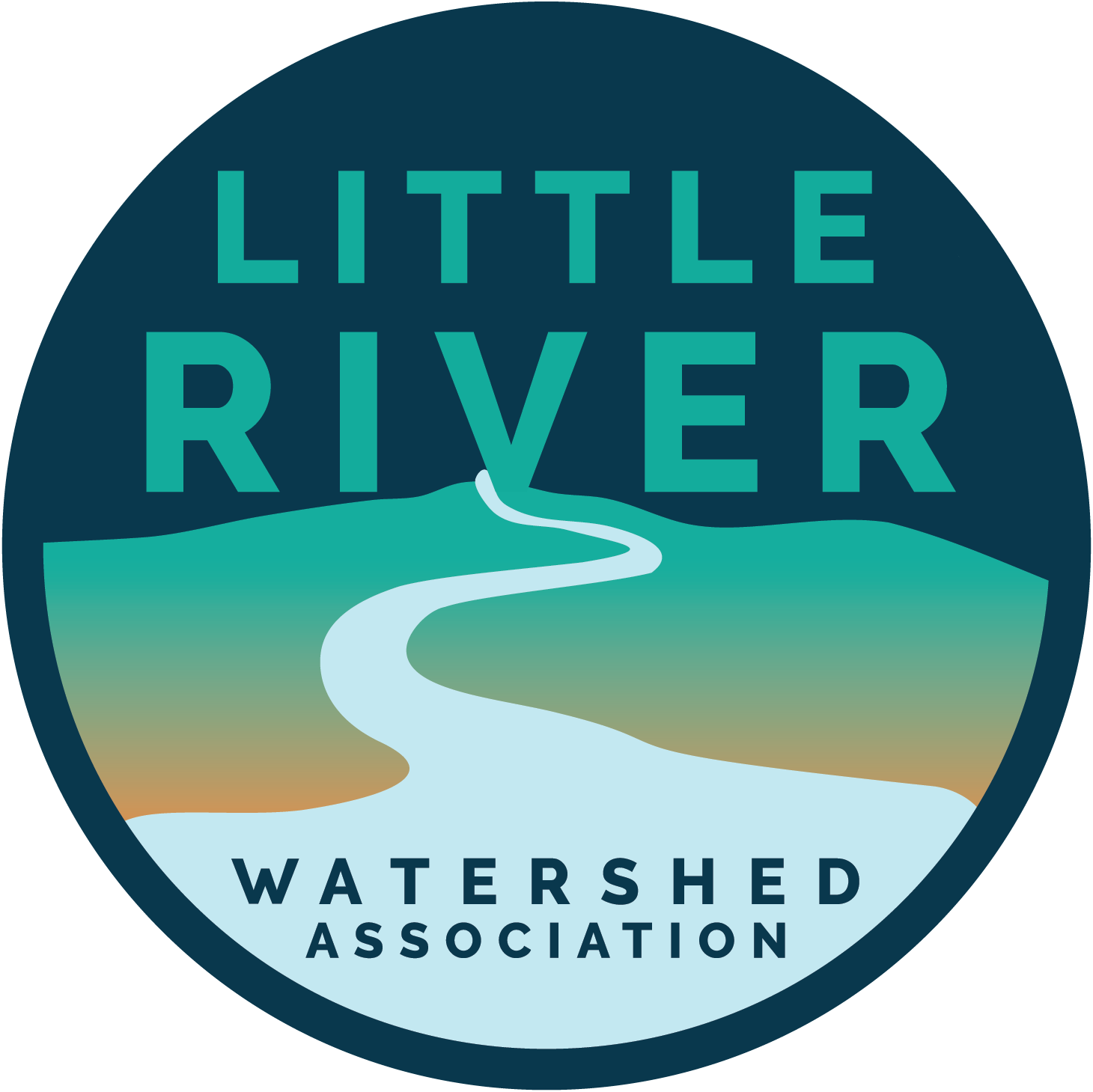In recognition of the Little River Watershed Associations' 25th year of working to protect, preserve, and enhance the Little River, we have created a Storymap that traces the social and ecological history of the Little River from its source, to its confluence with Fort Loudon Reservoir. To view the full story map and learn more about the history of the Little River, click the link below.
a little more about the Little River watershed….
The Little River in the Great Smoky Mountains National Park
The Little River rises in Sevier County inside the Great Smoky Mountain National Park on the north slope of Clingman’s Dome, the highest point in Tennessee, at over 6,600 feet in elevation. The river flows a grand total of 59 miles before joining the Tennessee River. But approximately one mile below its source, Little River absorbs several smaller streams at an area known as "Three Forks", where the river gains considerable strength. At this junction, the river begins to parallel with the Little River hiking trail. The river then continues on through Elkmont and then out of the park to Walland, TN, where the river becomes more powerful. The river then flows into Rockford, where the water begins to loose clarity and becomes more like a typical rural river habitat. The Little River continues its journey on from Blount County until it dumps into Fort Loudon lake at the Tennessee River in Knox County.
The Little River is widely used by a variety of outdoor enthusiasts such as fishers, kayakers and swimmers alike. The beginning headwaters are to be merely observed and enjoyed, but further down the river where the flow begins to pick up are excellent areas for fishing and even further down, kayaking. Once the river flattens out past Walland, there are gentle spots for canoeing as well.
Some board members enjoying a gentle float down the Little River in the fall
Because the Little River originates from a protected area, the Great Smoky Mountains National Park, its pristine waters are so clean it is a biodiversity hot spot for fish and other species. We know that the Little River is a clean habitat because some of the most sensitive fish species, darter fish, are able to survive there. In fact, recently a new species was discovered, the Percina Apina, which literally means "clean" or "without dirt". We are proud to say that the Little River is a clean and safe habitat for humans and creatures alike! The Little River provides drinking water for the over 120,000 residents of Blount County, so it is important to protect this precious resource! We need to be aware of the potential impact humans actions can have on the Little River. As the Little River continues to flow downstream closer to Knox County, it becomes more impacted from pollutants. The river is affected by sediment, agricultural and development practices, urban runoff, and failing septic tanks. The quality of the river slowly degrades with increasing distance from the Park. In recent years, there has been a documented overall decline in the biological diversity of the Little River downstream from the Park.
This is why it is critical for us an a community to have an appreciation and respect for the Little River. We need to preserve this precious resource for our generation and the next.


